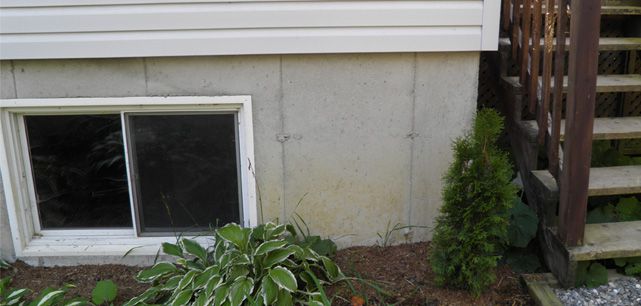 Replacing the windows of a residence is a major decision that will impact how a home looks in addition to playing a part in future energy expenses. As such a purchase will have a significant influence on your house while constituting a major financial investment, it is essential to weigh the pros and cons of each option prior to moving forward.
Replacing the windows of a residence is a major decision that will impact how a home looks in addition to playing a part in future energy expenses. As such a purchase will have a significant influence on your house while constituting a major financial investment, it is essential to weigh the pros and cons of each option prior to moving forward.
Energy savings
Several window models feature the Energy Star logo. As this governmental organization sets out the regulations that must be complied with to get this certification, you are guaranteed that a product with this logo actually meets the most stringent energy saving standards. A large quantity of windows meet these standards. Look for this logo if you want to purchase an energy-efficient product.
Window thickness: single-, double- and triple-glazed windows
Double- or triple-glazed windows are getting increasingly popular. Multiple-glass panels are a great way to increase the insulating properties of a window and to reduce your electric bill by the same token.
It is also possible to add several kinds of inert gases (argon, krypton or xenon) between glass panels so as to improve the insulating value of the window. To that effect, the higher the insulating value of the window, the more expensive it will be. However, don’t forget to think long term as you will save on heating costs over several years thereafter.
Materials used for window frames
Several options are available to you when selecting your window frames. Your choice will impact the overall weight of the window, its thickness and durability, as well as the maintenance that will be required. Window frames are generally available in wood, aluminum, vinyl, fiberglass, or composite.
Wood has several aesthetic advantages, but requires regular maintenance to keep its durable properties. As for aluminum, it is much less expensive and lighter, although it can cause condensation more easily, thereby leading to mold. Vinyl is also less expensive than wood in addition to being more durable and requiring less maintenance. However, your choice of color will be more limited with this material. Fiberglass yields excellent results under rough weather conditions while giving windows a wood-like appearance. Finally, composite is energy efficient, comes in a wide selection of colors and allows for strong window frames.
Types of windows
From vertical sliding windows to casement windows, there is a wide range of window models on the market. What’s important is to select a type of window that matches the architectural style of your home. Size, symmetry and balance are all aspects that must be considered if you don’t want your house to look out of proportion. Adding one or two models that are more peculiar in design, such as round, octagonal or gothic windows, may be a good option if you want your house to stand out of the lot without spending a fortune as most manufacturers now offer them as part of their standard models.
DIY or professional installation
If manual work in a ladder is something you are comfortable with, you can install your windows yourself. They must be installed adequately though. This kind of work demands high accuracy and is therefore not for all homeowners.
Furthermore, if you hire a professional, you can benefit from after-sale services in the event that you run into problems during or subsequent to the installation. Be that as it may, make sure to contract a company that has the required insurance protection to perform this kind of work.